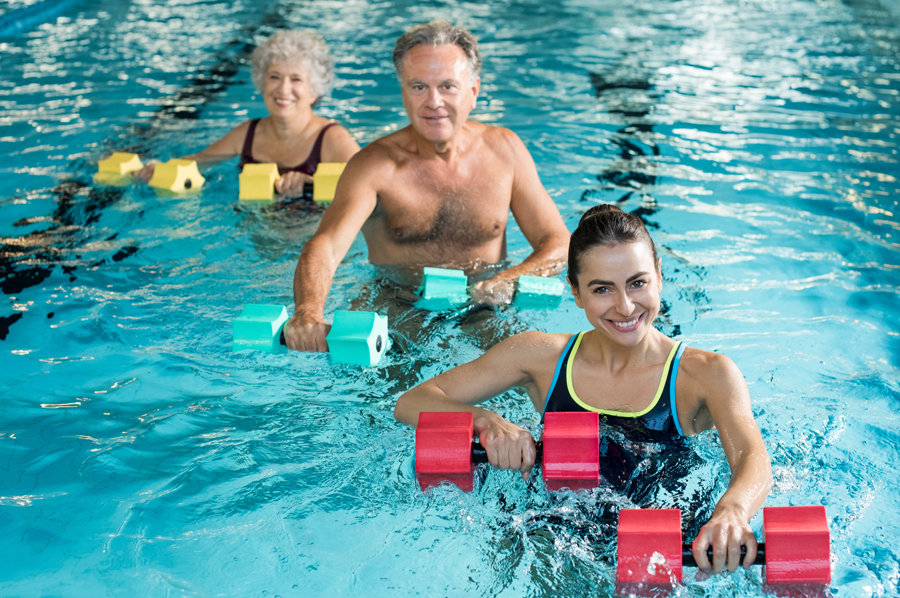Breast Cancer and Exercise
The most common issues that plague post-mastectomy patients are upper-crossed syndrome and range of motion limitations in the affected shoulder. Upper cross syndrome is the combination of protracted (rounded) shoulders, forward head, cervical lordosis, winged-scapula, and thoracic kyphosis. As a result of these postural deviations, mastectomy, lymph node dissection, and/or radiation, the chest muscles may become tight, shortened and spastic. This not only exacerbates the postural deviations, but may limit the ability of the patient to move their arm/shoulder through flexion, extension, abduction, and external rotation. While this is a general statement, the majority of patients will present with these symptoms. This is compounded even more if the woman undergoes reconstructive surgery. Not only with it further exacerbate upper-crossed syndrome, it will create a muscle imbalance in the area of surgery, if either the rectus abdominis or latissimus muscle are used for reconstruction.
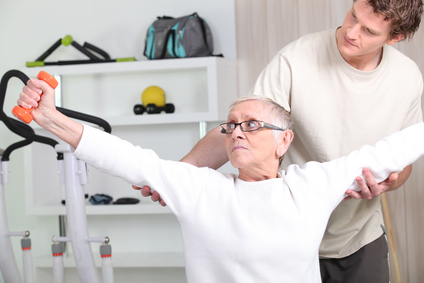 The most important factor in the safety and efficacy of the exercise program is the initial assessment. At the very least this should include a comprehensive postural assessment as well as shoulder range of motion measurements taken with a goniometer. The well-trained fitness professional will be able to deduce, from the results, which muscles need to be stretched and which need to be strengthened. By selecting the wrong combinations of exercises, the results may not only be undesirable, they may in fact be detrimental. For example, if a client presents with moderate to severe upper-crossed syndrome, performing any kind of “pushing” exercise that would involve the chest muscles (chest press), could make the syndrome even more pronounced by causing the pectoral muscles to tighten and contract. Instead, the goal need to be on stretching the chest wall and strengthening the opposing muscles in the back; particularly the scapular stabilizers.
The most important factor in the safety and efficacy of the exercise program is the initial assessment. At the very least this should include a comprehensive postural assessment as well as shoulder range of motion measurements taken with a goniometer. The well-trained fitness professional will be able to deduce, from the results, which muscles need to be stretched and which need to be strengthened. By selecting the wrong combinations of exercises, the results may not only be undesirable, they may in fact be detrimental. For example, if a client presents with moderate to severe upper-crossed syndrome, performing any kind of “pushing” exercise that would involve the chest muscles (chest press), could make the syndrome even more pronounced by causing the pectoral muscles to tighten and contract. Instead, the goal need to be on stretching the chest wall and strengthening the opposing muscles in the back; particularly the scapular stabilizers.
Prior to adding a load (resistance) of any kind, the patient should have close to full range of motion through the particular plane of motion. Without correcting the range of motion first, the patient will reinforce the negative movement pattern by performing strength training exercises throughout a limited pattern of movement. Therefore, initially the focus should be on range of motion exercises. These may include very basic exercises that the patient can do on their own; front wall walks, side wall walks, pendulum swings, and corner stretch, or active isolated stretching that can be executed with the assistance of a professional. The combination of both will increase the speed of improvement in most cases.
Once close to full range of motion is achieved, the emphasis can be on strength training. Not only will this help to correct the postural and range of motion deviations, it will help increase bone density and lean muscle mass. Many women will either be of menopausal age, or thrown into menopause from their cancer treatment. With estrogen no longer being produced, the risk of osteoporosis increases. To make things even more complicated, the long-term side-effects of chemotherapy include osteoporosis, diabetes, and damage to the heart and lungs; all of which can be avoided or improved through proper exercise recommendations.
The last part of the equation is the risk of lymphedema of the affected arm/shoulder. Lymphedema is the swelling of the extremity following the removal of, or radiation to the lymph nodes on that side. Even if someone has undergone a sentinel node biopsy, and only had one node removed, they can still get lymphedema. Lymphedema is progressive if untreated and can be very painful and disfiguring. It can happen at ANY time after surgery; one hour or fifty years. The risk doesn’t increase or decrease with time, however a higher percentage of body fat, infection, age, and poor nutrition can all increase the risk once someone is at risk. In my sixteen years of working with cancer patients, I would say this is the number one “overlooked” issue amongst cancer patients. More often than not, they will not even be told about lymphedema. Following lymph node dissection and/or radiation, the lymphatic pathways do not operate with the same efficacy that they did previously. Therefore, we no longer know what the individuals exercise threshold is. It is critical to START and PROGRESS SLOWLY. This allows for a gradual increase in frequency, intensity, and duration of the exercise program. If at any point there is swelling, the patient should be advised to stop exercising and see their doctor immediately to determine if, in fact, they do have the onset of lymphedema. They should come back with a medical clearance form and the exercise instructor should take a step back with the frequency, intensity, and duration to the point prior to the onset of swelling.
Putting all of these pieces together is very much like solving a mathematical equation. If you are missing any of the information, you will never solve the problem. A typical exercise session should begin with cardiovascular exercise. This too should be gradually increased at a rate that the client is comfortable with and their body responds favorably to. They should stay well-hydrated, they should not wear tight-fitting or restrictive clothing on their upper body, and they should not overheat (all of these factors can increase the risk of lymphedema). Following the warm-up they should be instructed to do a series of lymph drainage exercise to open up the lymphatic pathways and prepare the body for exercise. I reference these exercises in CETI’s Cancer Exercise Specialist Handbook and Breast Cancer Recovery with the BOSU® Balance Trainer Book.
 Following the warm-up and lymph drainage exercises, the exercise specialist should determine what the areas of “need” are for the client. Remember to begin with stretching and range of motion exercises until they have close to “normal” range of motion. At that point the goal becomes strength training and choosing exercises that will strengthen the weaker muscles and stretch the tight and shortened muscles. Weight/resistance should also be very gradually increased and attention paid to any potential swelling of the extremity. Typically I chose exercises that will stretch the chest (chest fly, corner or door stretch, assisted stretching) and will strengthen the back (low/high rows, reverse flies, lat pulldown). They often [present with winged scapula following a node dissection. If this is the case, I will incorporate exercises that will strengthen the serratus anterior. If they have undergone an abdominal TRAM procedure, core work will be of the greatest importance in preventing, or minimizing, low back pain.
Following the warm-up and lymph drainage exercises, the exercise specialist should determine what the areas of “need” are for the client. Remember to begin with stretching and range of motion exercises until they have close to “normal” range of motion. At that point the goal becomes strength training and choosing exercises that will strengthen the weaker muscles and stretch the tight and shortened muscles. Weight/resistance should also be very gradually increased and attention paid to any potential swelling of the extremity. Typically I chose exercises that will stretch the chest (chest fly, corner or door stretch, assisted stretching) and will strengthen the back (low/high rows, reverse flies, lat pulldown). They often [present with winged scapula following a node dissection. If this is the case, I will incorporate exercises that will strengthen the serratus anterior. If they have undergone an abdominal TRAM procedure, core work will be of the greatest importance in preventing, or minimizing, low back pain.
Because every muscle in the body works synergistically, an imbalance in the shoulder can lead to a multitude of imbalances from the hips to the knees to the ankles etc… Choose your exercises carefully. Put emphasis on the areas of need. This is not and can never be a cookie-cutter workout. No two breast cancer patients are the same. Not only are you taking into consideration their surgery, reconstruction, and treatment, you have to also factor in the remainder of their health history and any additional orthopedic concerns. I urge anyone who wants to work with cancer patients to undergo specialized training. It is very complex and the untrained professional can end up doing more harm than good.
Andrea Leonard is the Founder and President of the Cancer Exercise Training Institute. She is a certified as a corrective exercise specialist by The National Academy of Sports Medicine (NASM), as a personal trainer by The American College of Sports Medicine (ACSM), the National Academy of Sports Medicine (NASM), the American Council on Exercise (ACE), and as a Special Populations Expert by The Cooper Institute. She is also a continuing education provider for the National Academy of Sports Medicine and The American Council on Exercise.




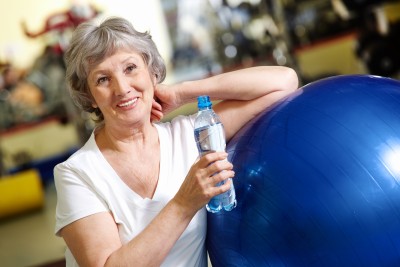 Another benefit of exercise for stroke survivors is prevention of recurrent stroke or heart attack, which occurs frequently in people who have had a stroke.(3) Reducing risk factors can decrease the incidence of recurrent strokes and coronary events. An aerobic conditioning program can enhance glucose regulation and promote decreases in body weight and fat stores, blood pressure, C-reactive protein, and levels of total blood cholesterol, serum triglycerides, and low-density lipoprotein cholesterol.(4) Exercise also increases high-density lipoprotein cholesterol and improves blood rheology, hemostatic variables, and coronary endothelial function.(5)
Another benefit of exercise for stroke survivors is prevention of recurrent stroke or heart attack, which occurs frequently in people who have had a stroke.(3) Reducing risk factors can decrease the incidence of recurrent strokes and coronary events. An aerobic conditioning program can enhance glucose regulation and promote decreases in body weight and fat stores, blood pressure, C-reactive protein, and levels of total blood cholesterol, serum triglycerides, and low-density lipoprotein cholesterol.(4) Exercise also increases high-density lipoprotein cholesterol and improves blood rheology, hemostatic variables, and coronary endothelial function.(5)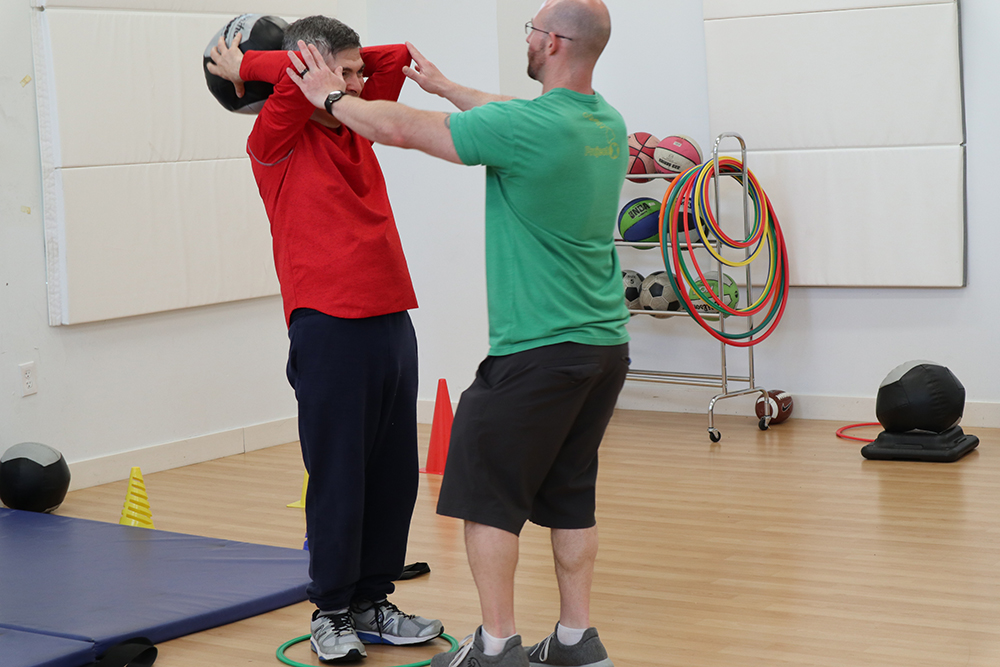
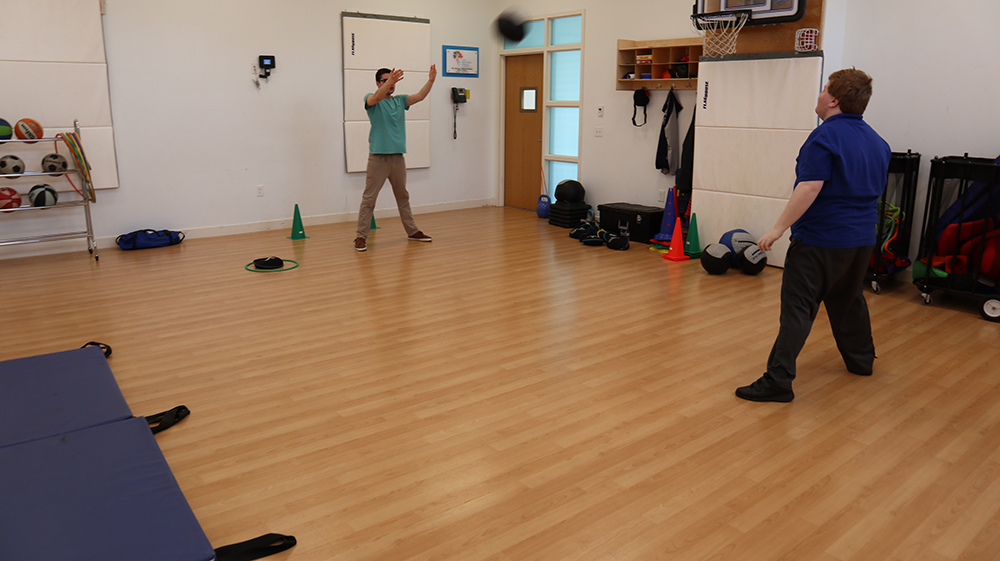 In the
In the 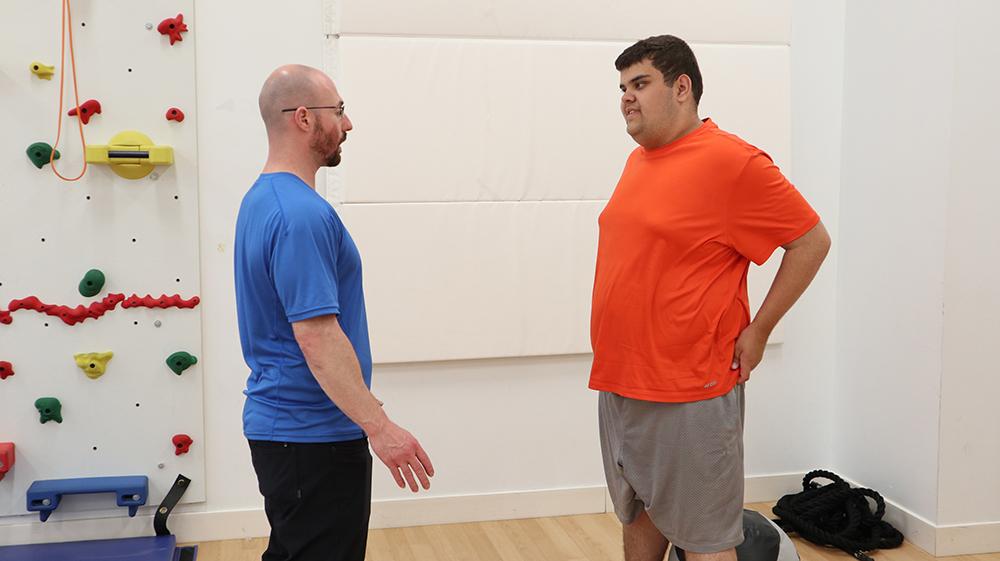 Focusing on a few exercises also gives our athletes the opportunity to learn the name and typical order in which the exercises can be performed. Whereas our warm-up/mobility section nearly always features hurdle steps, overhead resistance band walks, bear walks/crawls, and medicine ball throws (push, overhead, and scoop), our strength/focus section includes squats, presses, pulls, farmers walks, and heavy carries.
Focusing on a few exercises also gives our athletes the opportunity to learn the name and typical order in which the exercises can be performed. Whereas our warm-up/mobility section nearly always features hurdle steps, overhead resistance band walks, bear walks/crawls, and medicine ball throws (push, overhead, and scoop), our strength/focus section includes squats, presses, pulls, farmers walks, and heavy carries.

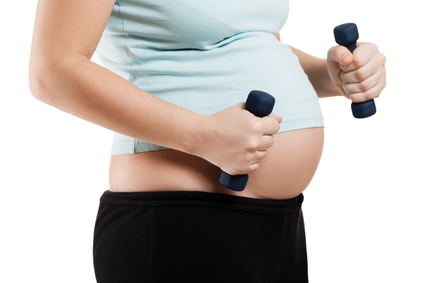
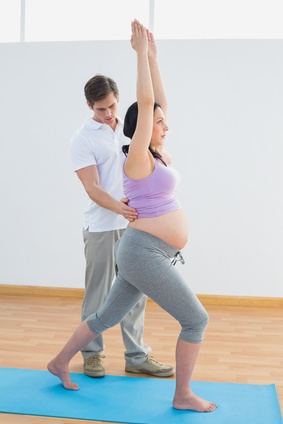 Pregnancy is a time of excitement, uncertainties, fears, and many profound physical and emotional changes. This “season in life” affords mom a wonderful opportunity to adopt a healthier lifestyle. Starting an exercise program during pregnancy is a great way to begin and continue this healthier lifestyle for herself and subsequently for her child. With obesity on the rise in the US, it is important for everyone to increase their current level of physical activity. This is especially important for pregnant women as the results of obesity and excessive weight gain have been shown to be detrimental to both mom and baby long term.
Pregnancy is a time of excitement, uncertainties, fears, and many profound physical and emotional changes. This “season in life” affords mom a wonderful opportunity to adopt a healthier lifestyle. Starting an exercise program during pregnancy is a great way to begin and continue this healthier lifestyle for herself and subsequently for her child. With obesity on the rise in the US, it is important for everyone to increase their current level of physical activity. This is especially important for pregnant women as the results of obesity and excessive weight gain have been shown to be detrimental to both mom and baby long term. The most recent guidelines for prenatal exercise were included in the 2008 US Dept. of Health and Human Services Physical Activity Guidelines (5). Women who are not currently active should strive for at least 150 minutes of moderate intensity cardiovascular activity per week. This translates to 30 minutes of exercise 5 days a week, very similar to the ACOG guideline. They recommend that those women who are currently active may continue their normal routine providing there is an open line of communication with their healthcare providers
The most recent guidelines for prenatal exercise were included in the 2008 US Dept. of Health and Human Services Physical Activity Guidelines (5). Women who are not currently active should strive for at least 150 minutes of moderate intensity cardiovascular activity per week. This translates to 30 minutes of exercise 5 days a week, very similar to the ACOG guideline. They recommend that those women who are currently active may continue their normal routine providing there is an open line of communication with their healthcare providers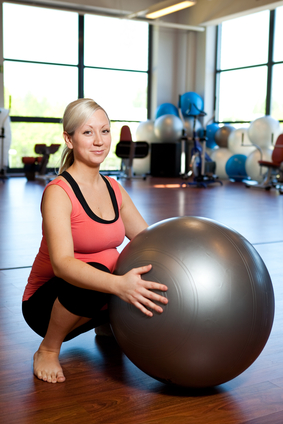 Pregnancy is an ideal time for maintaining or adopting a healthy lifestyle. Recommendations from ACOG Committee Opinion Number 650, “Physical Activity and Exercise During Pregnancy and the Postpartum Period” include:
Pregnancy is an ideal time for maintaining or adopting a healthy lifestyle. Recommendations from ACOG Committee Opinion Number 650, “Physical Activity and Exercise During Pregnancy and the Postpartum Period” include:

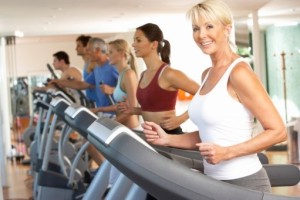
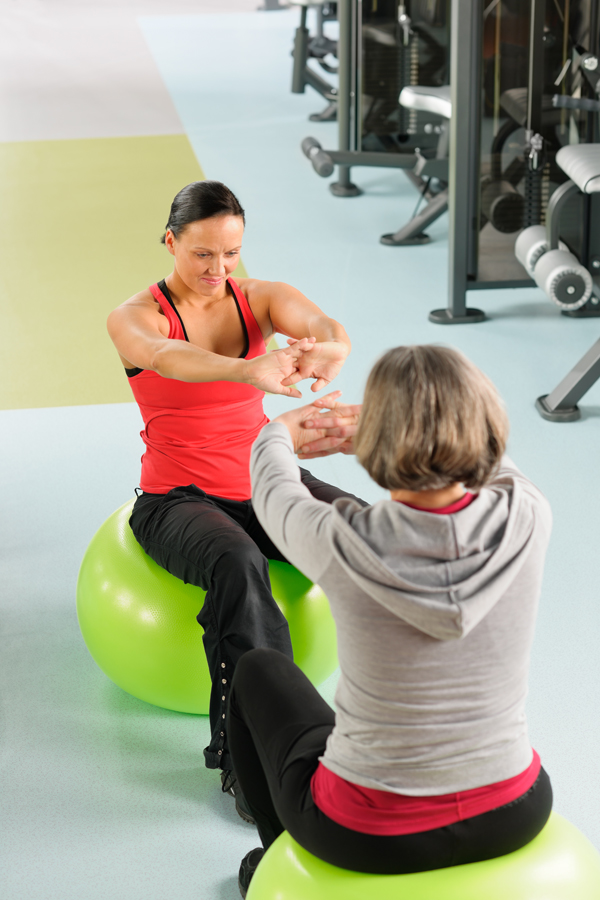
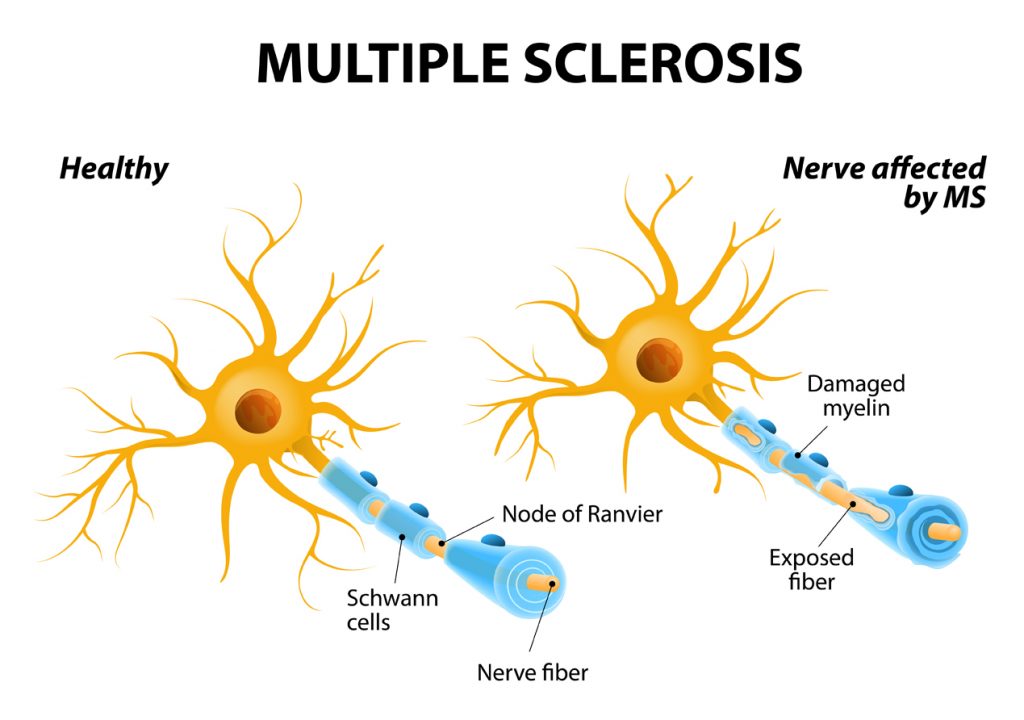
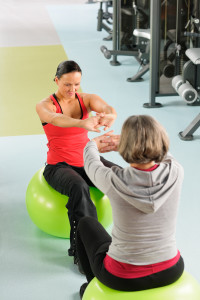
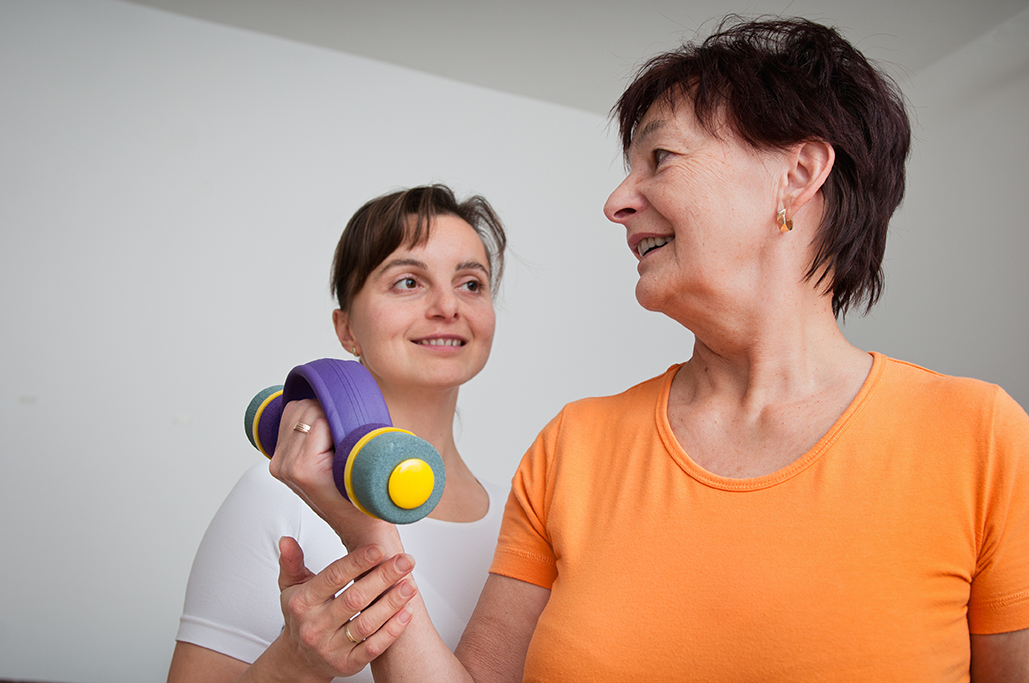
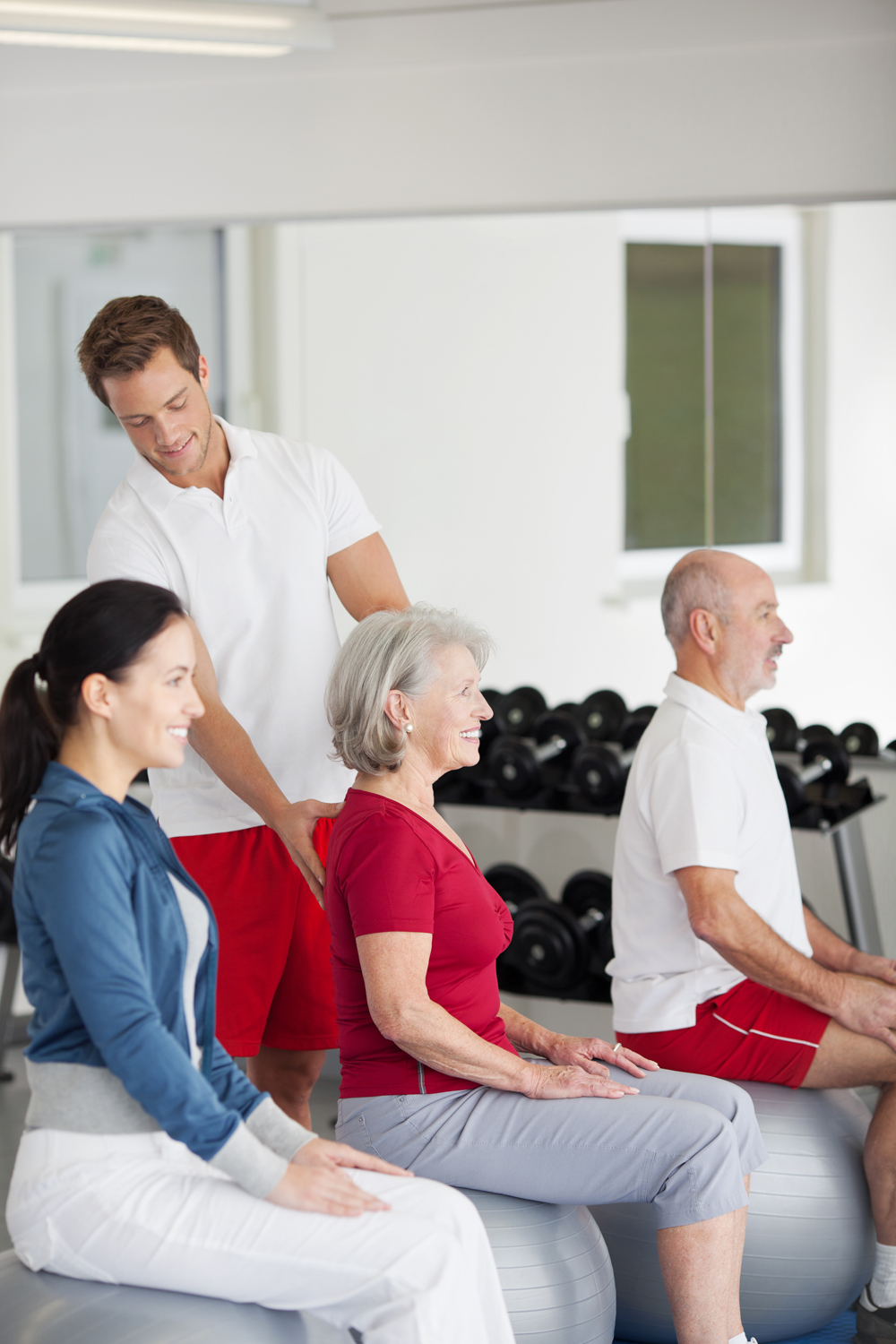 Exercise: The Miracle Cure All?
Exercise: The Miracle Cure All?
